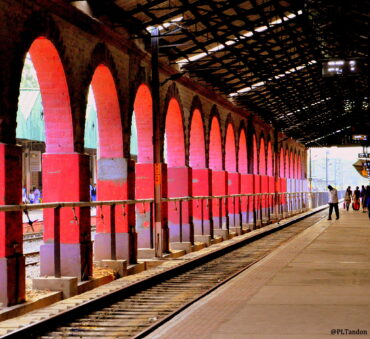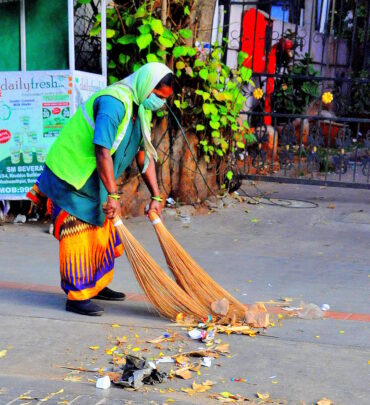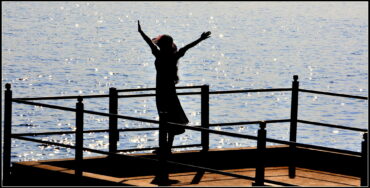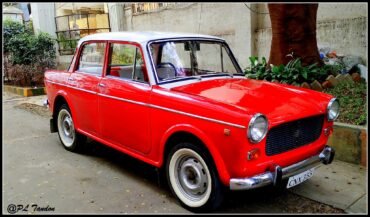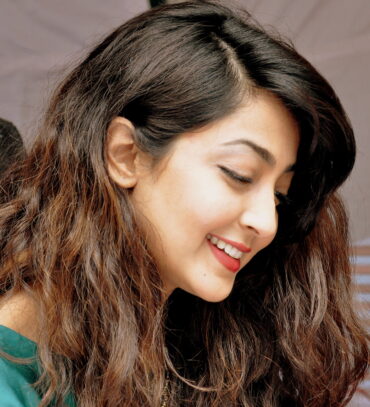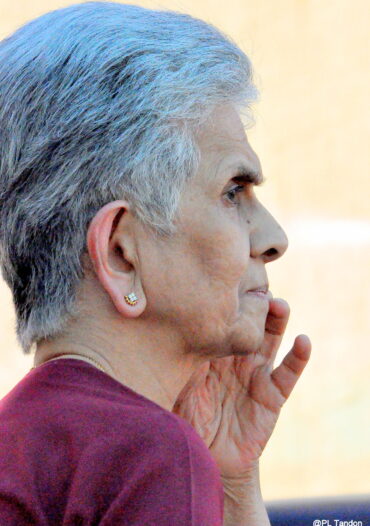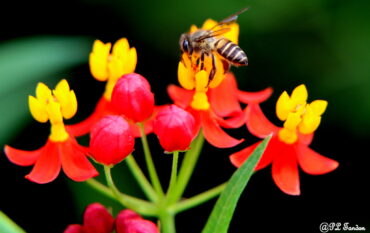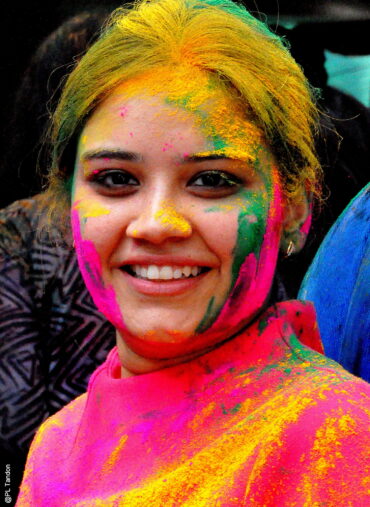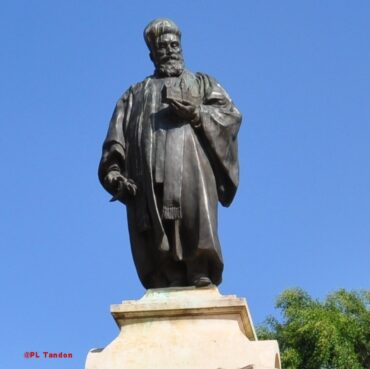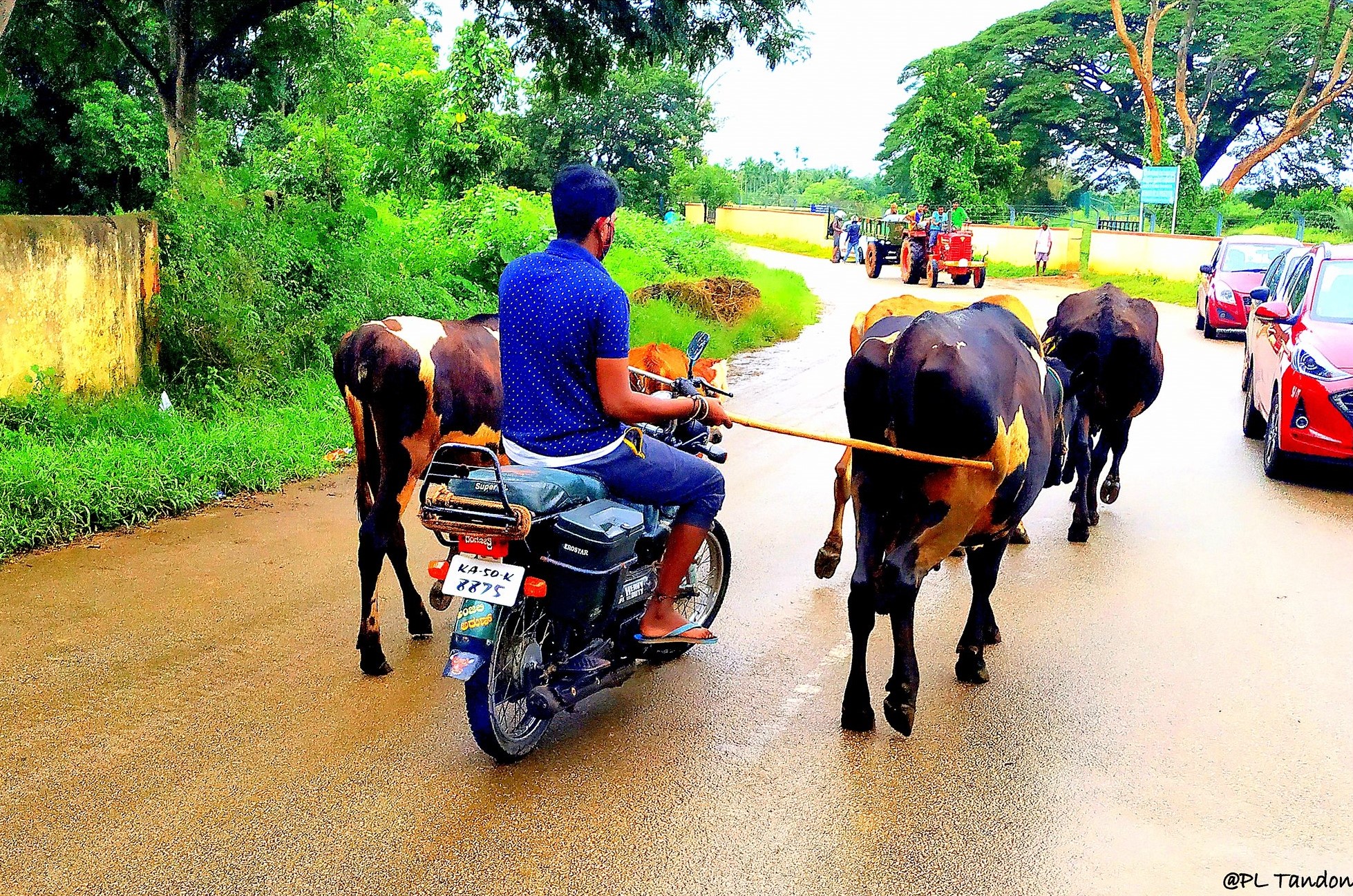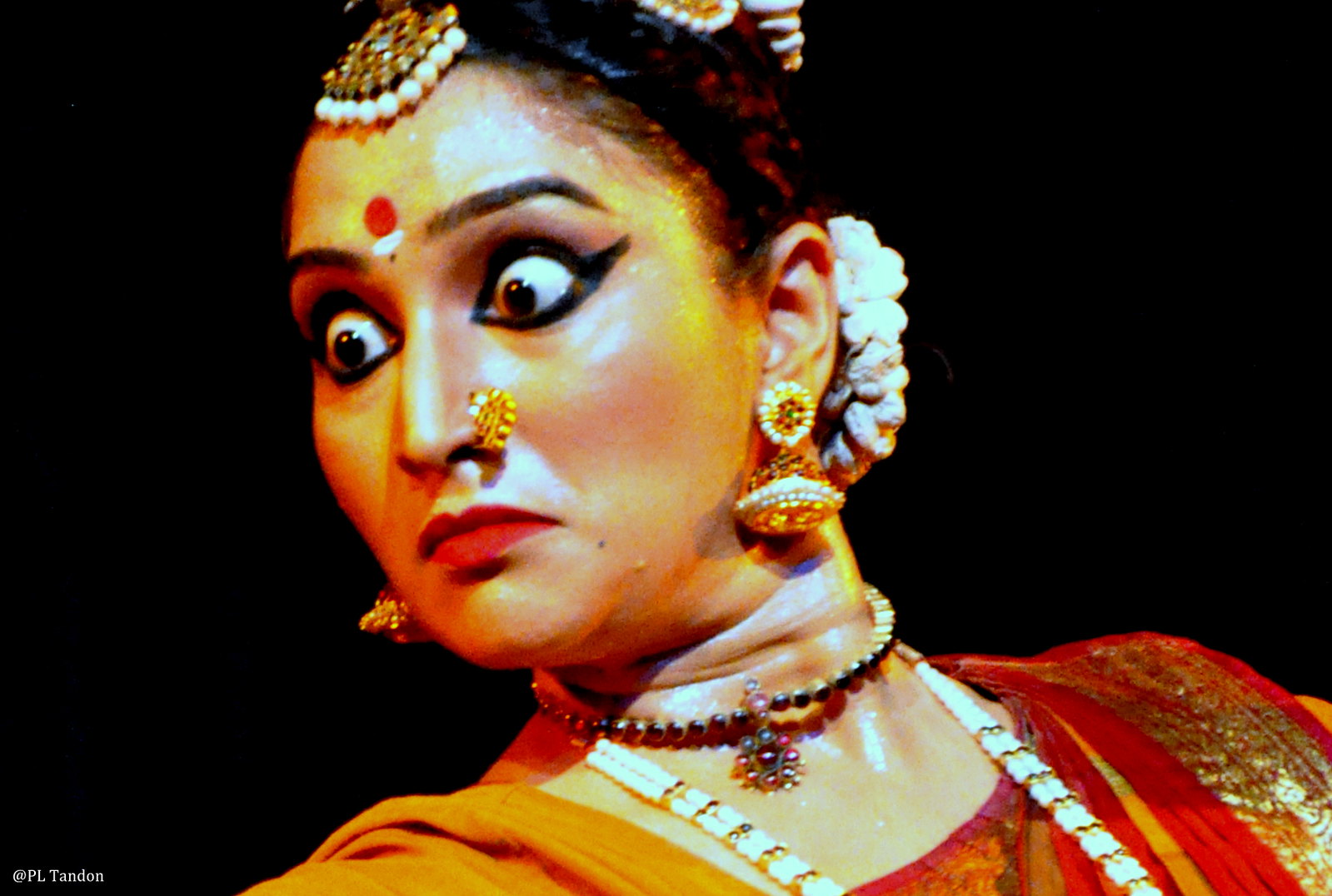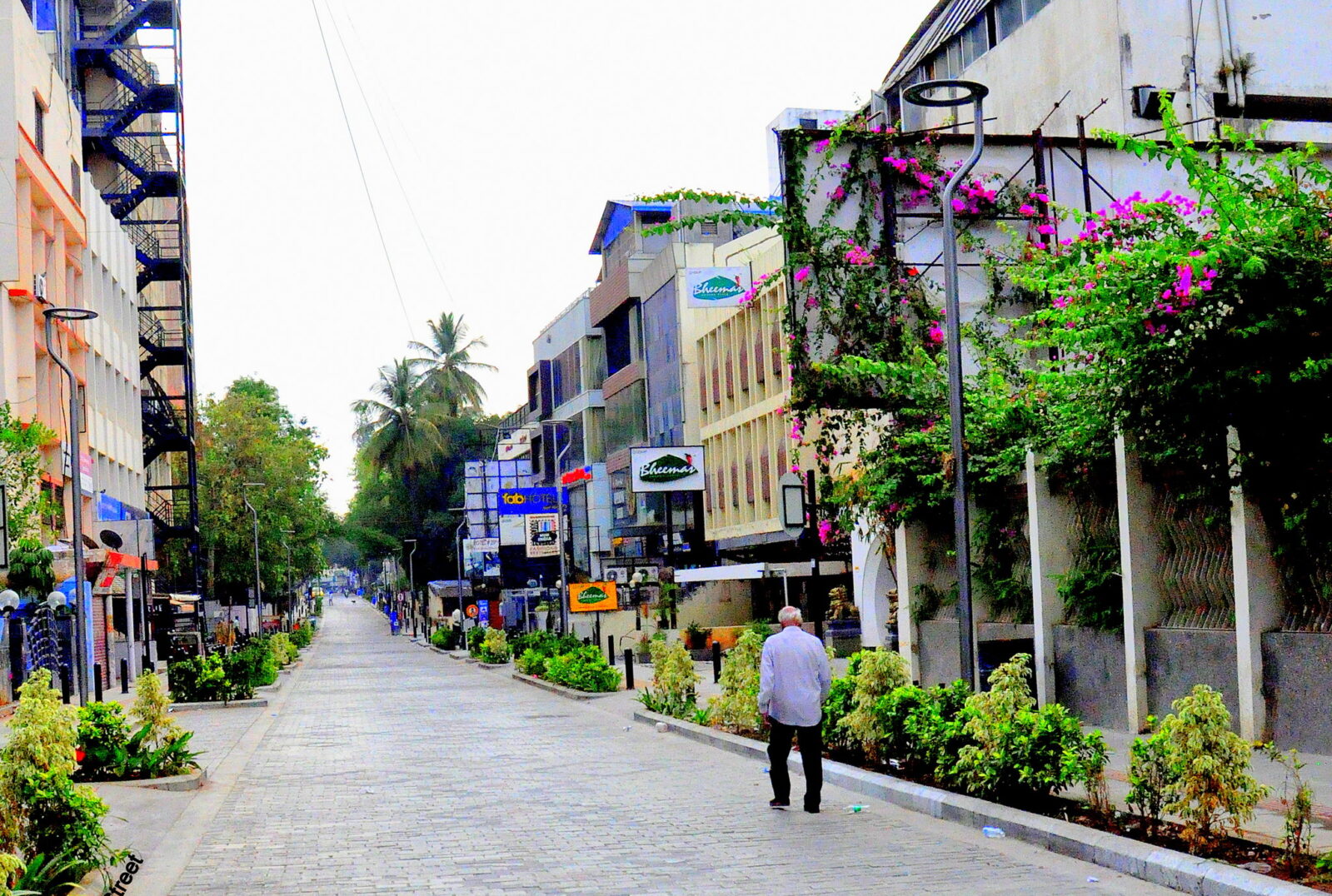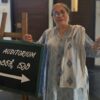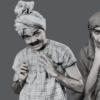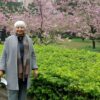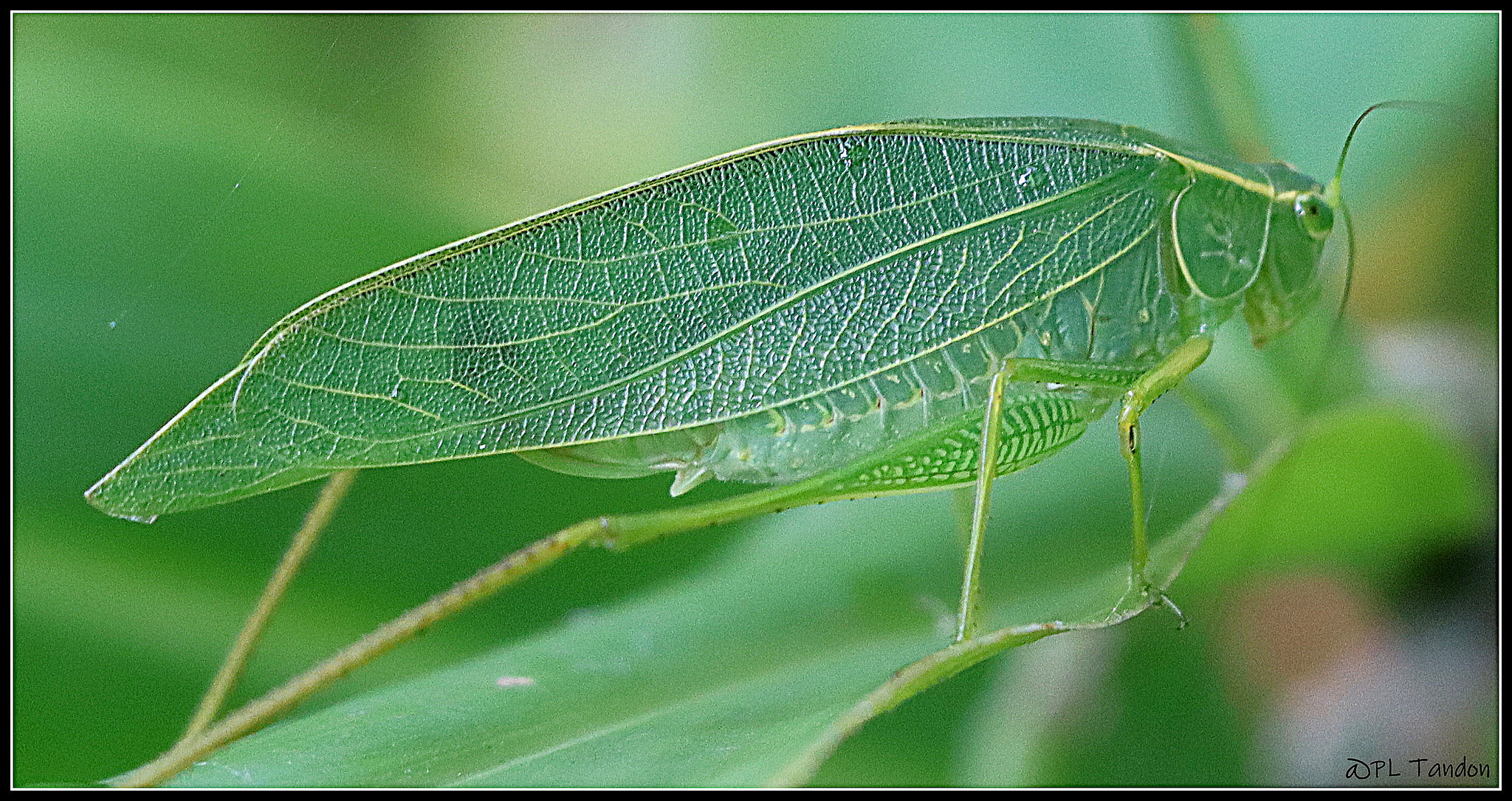
Picture Perfect Dr. P L Tandon's Scientific Photography
Arvind Krishnaswamy
Life is a blur. Time seems to move faster than ever. Minutes seem like seconds, and hours go by quicker than minutes. It feels like we just turned the calendar page only yesterday. No one seems to have time to notice or appreciate the ever-changing world. Amid all the turmoil around us, when you take one look at Dr. Parshottam Lal Tandon’s photographs, the world seems to freeze. It bursts into colour as if it had just received a fresh coat of paint. It makes you stop in your tracks to admire its beauty.
This is the story of the man behind these mesmerising photographs.
Dr. Tandon was born in 1945 at Hamirpur. Coming from the mountain state of Himachal Pradesh in India, he was a nature lover from his childhood days. He completed his Bachelor of Science degree in Agriculture from Punjab Agricultural University in Ludhiana. This was followed by a Master of Science degree in Agricultural Entomology and he started working in Shimla for the state government.
In 1970, Dr. Gurubachan Singh Randhawa, the founding director of The Indian Institute of Horticulture at Hesaraghatta wanted young and energetic people who could work on farms in remote areas. The Institute was originally started in New Delhi in 1967, and a few months later, on February 1, 1968, it was moved to Hesaraghatta near Bengaluru. The goal of the institute was to conduct research to enhance the productivity and utilization of fruits, vegetables, ornamentals, medicinal and aromatic plants. Dr. Tandon quit his job and relocated to Bengaluru to work under Dr. Randhawa.
Portfolio Click on each image for a larger view
Three years after he moved to Bengaluru, Dr. Tandon was transferred to help in the Central Mango Research Centre, now known as The Central Institute for Subtropical Horticulture, at Rahiman Khera, about 11 miles from Lucknow. After six years in Lucknow, Dr. Tandon returned to Bengaluru in 1978. In 1983, he was awarded a doctorate from the University of Agricultural Sciences, Bengaluru, in Agricultural Entomology, and this was followed by post doctoral research at the University of Southampton in Southampton, England.
Dr. Tandon worked in the field of insect ecology, with a focus on insect-plant communication at the molecular level until his retirement in 2007. The work he did was not only beneficial to the farmers of India but also instrumental in developing his interest in photography.
Reminiscing about the early years, Dr. Tandon said, “In my college days, photography was only a casual hobby that was limited to taking family pictures using a small box camera. When I was working towards my PhD, I took a course on electron microscopy and started taking images of microorganisms. I was made in-charge of the photography cell at the institute, and we started with black-and-white photographs. Initially, we did not have facilities to support the cell, and I had to convert an unused bathroom into a darkroom for developing films! As part of the role, I was also involved in making films. We made several short films, including one called ‘Better Mangoes,’ a Films Division documentary that won a few awards.”
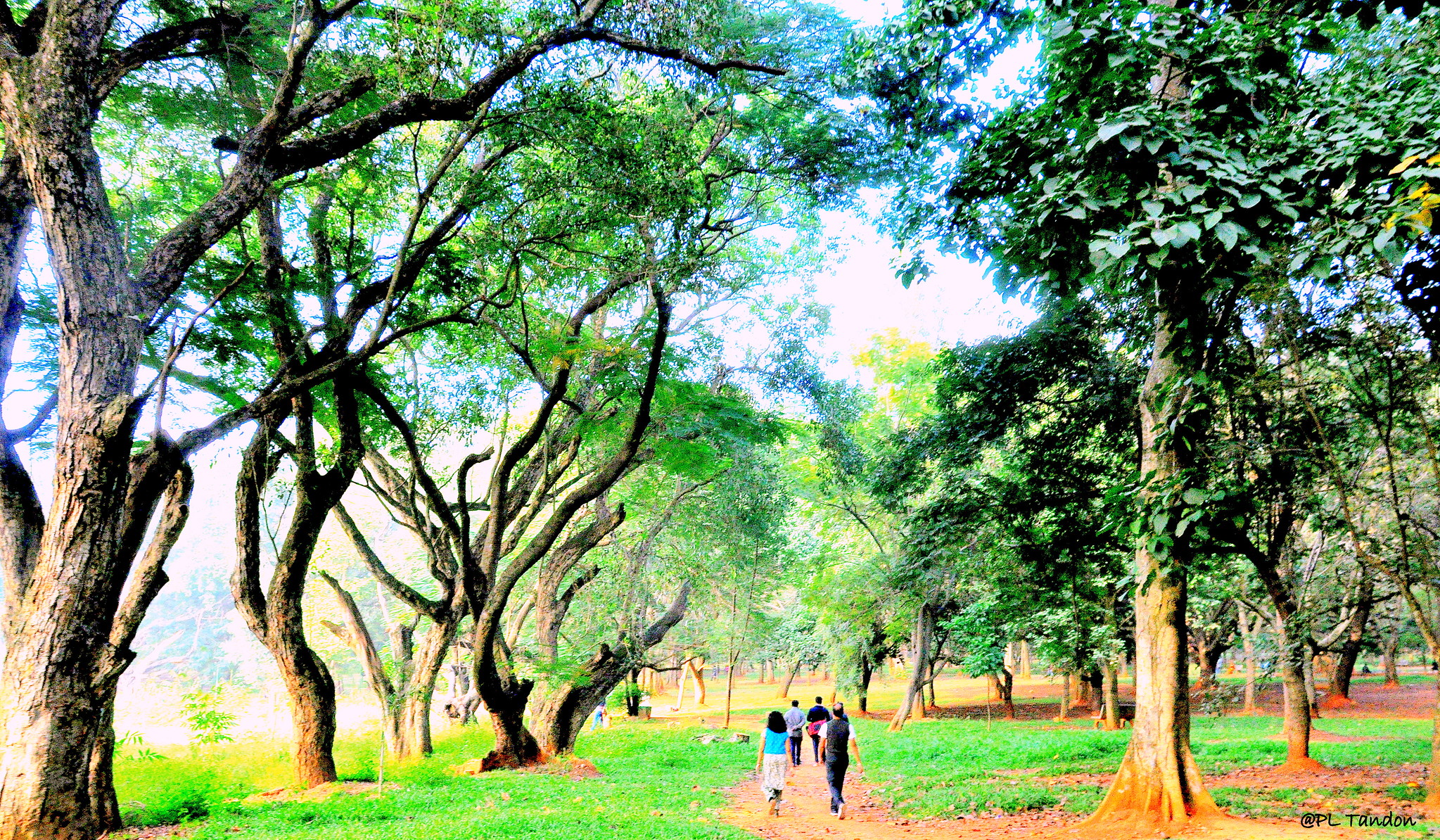
The field of entomology requires careful observation of insect behavior, appearance, and environment. Dr. Tandon said these skills were also key to his work as a photographer.
“What is the main difference between a professional photographer and a scientist as a photographer? As a scientist, I study what I want to photograph very closely. If I take a photo of roses, I will notice the type and colour variation. I think of how its photograph would benefit others, say, for example, another scientist. I closely observe the behaviour of animals when I photograph them. If I take portraits of people, I look for their emotions, be it happiness, sorrow, or anger. I don’t use software tools to enhance my photographs. That is why the title of my Flickr portfolio is ‘Scientific Photography’.” Dr. Tandon said.
Dr. Tandon bought his first SLR film camera in 1988 and switched over to Digital SLR format in 2007. Despite taking photographs for about 34 years, he still considers himself a student of photography. When you see his photographs, you will notice that he does not restrict himself to one type and his work spans landscapes, wildlife, portraits, architecture, fashion, events, birds, and macro images shot at a closer range to showcase the details of flowers and insects.
On being asked how he finds the time to take so many photographs, Dr. Tandon said, “I am retired now, so I devote a lot of time to pursuing my hobbies. I am active for about 14 hours a day including several hours on the internet learning about new developments in photography. I am also interested in philately (stamps) and numismatics (old and rare coins). I devote about four days a week to photography and often wake up at 5 am to get good photographs during the golden hour at sunrise. One doesn’t always have to travel to get good photographs. Even from the terrace of our apartment building, we can see wonderful sunrises and sunsets. “
Capturing intricate Indian classical dance movements with their mudras, bhavas, and myriad of emotions, the color and texture of heritage buildings and the lakes of Bengaluru are close to his heart. Dr. Tandon believes that our sculptures and temples show how advanced we were even in the old times with the detailed artwork that comes alive in photographs.
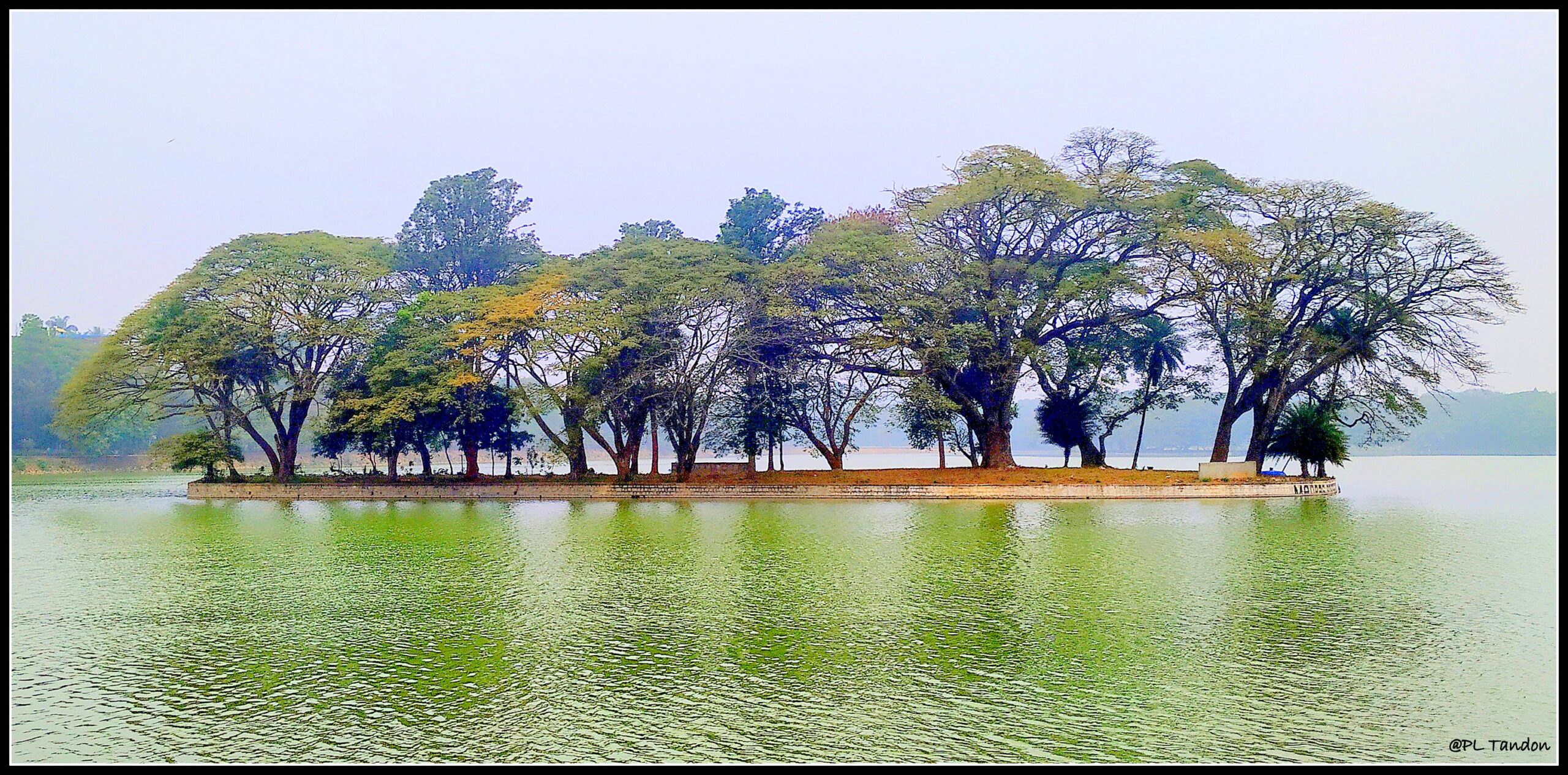
As we are all aware, traveling in Bengaluru or outside can be very frustrating. But Dr. Tandon did not seem perturbed by this challenge.
“I use time management and plan every project meticulously by studying the place and the route on the internet. When I go to take photographs, I prefer to be alone and undisturbed. I am very happy when I am in a remote village or forest with my binoculars, diary, pen, and camera,” Dr. Tandon said, “and I can even stay without food for a whole day if it comes to that.”
Despite being a veteran photographer, Dr. Tandon has never participated in any contest nor sought awards for his work.
“I am just happy with the work I do. Even as a scientist, if my work put a smile on a farmer’s face, I was satisfied. That was the biggest award I wanted, “he said.
He has willingly allowed his photographs to be used worldwide without royalty. On the idea of publishing his photographs in book form, Dr. Tandon said, “I have been an editor of scientific journals and have written over 300 articles in Indian and foreign journals. But now, with age, I don’t write as much. If someone is willing to take the initiative to do that, I will be happy. “
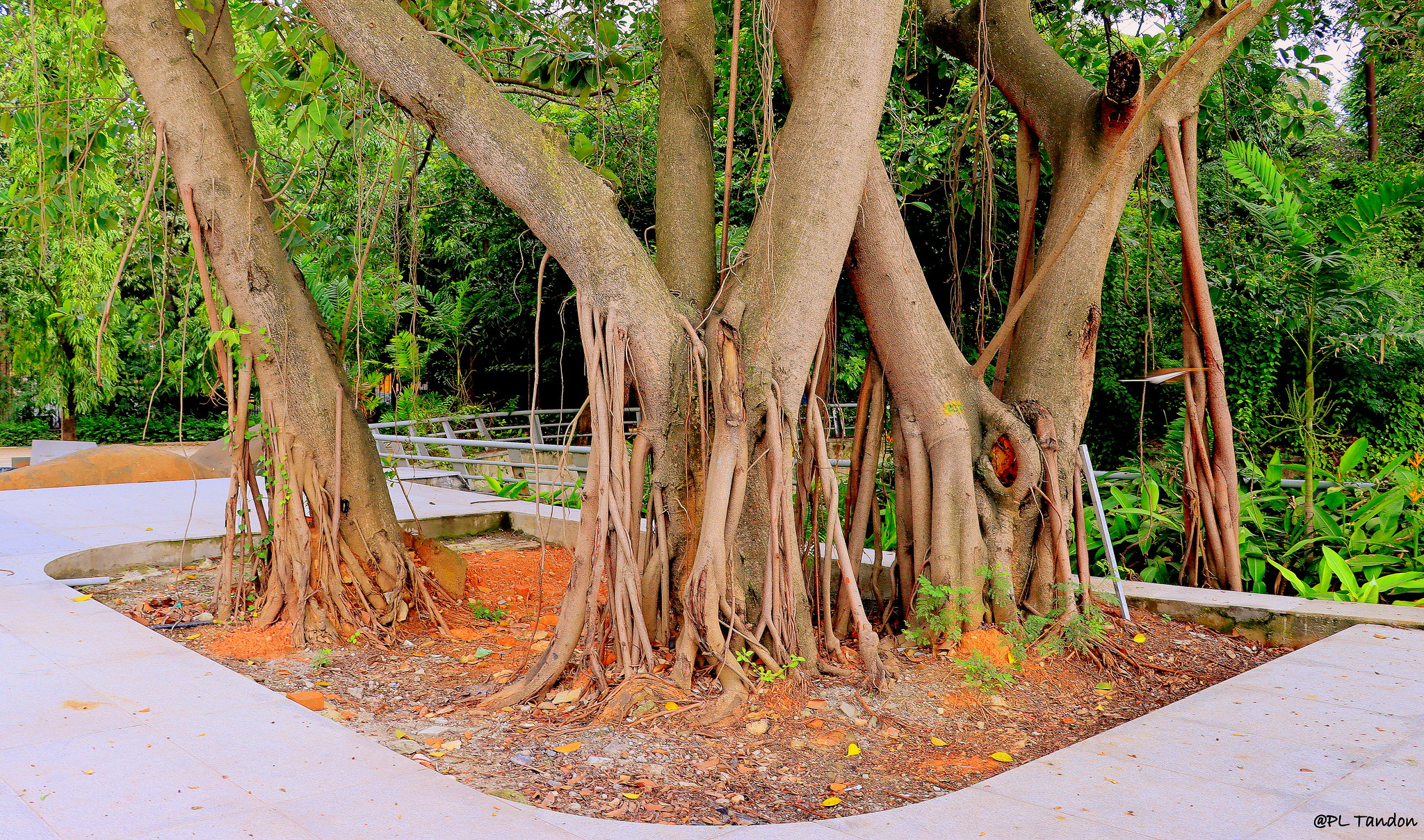
Dr. Tandon has used the Nikon D90 for about 13 years and added a Canon EOS 90D that features a 32.5 Megapixel CMOS sensor in July of last year. He rarely uses auto mode while taking photographs, preferring manual control to get the best results. Despite the advances of Digital SLR cameras, he feels that film SLR cameras were much superior. But the drawback was that studios tended to process all the frames in the same uniform way, and creative use of aperture or shutter speed was lost in the end result.
When asked about his advice to photographers, he said, “A photographer must have the three Ps – passion, patience and perseverance. The camera is just a tool, nothing else. The beauty is in your mind. Photography is nothing but manipulating light. Pay attention to the composition and framing of the image. If there is a main subject and secondary subjects, have the secondary (subject) complement the main (subject). Your perspective is important, and always look for details, beauty, and different angles. Otherwise, one will end up taking another photo just like a million others we have seen before. “
Even at the age of 77, his passion and drive to keep improving in his art are unwavering. Dr Tandon said, “I am still not totally satisfied. I want to take better photos and improve my work right till the end. “
Dr. Parshotam Lal Tandon
Dr. Parshotam Lal Tandon lives in RT Nagar, Bengaluru. He is a prolific photographer with over 12,344 photographs on Flickr that have garnered 14.4 million views and 2700 followers (at the time of writing).
His photographs have been widely used by many journals and websites including Macau Biodiversity project, Asia Society, Iowa Environmental Focus, The Atlanta Journal Constitution, Business Insider and Vanity Fair.
Main Image:
Leaf katydid is also called long-horned grasshopper. The green wings of the common true katydid look almost exactly like leaves and they hear each other with ears on their front legs. Katydids spend most of their time at the tops of trees where most of the leaves are, and they can jump up to 20 times their body length!
All photographs are by Dr. Parshotam Lal Tandon and licensed under CC BY-ND 2.0.

